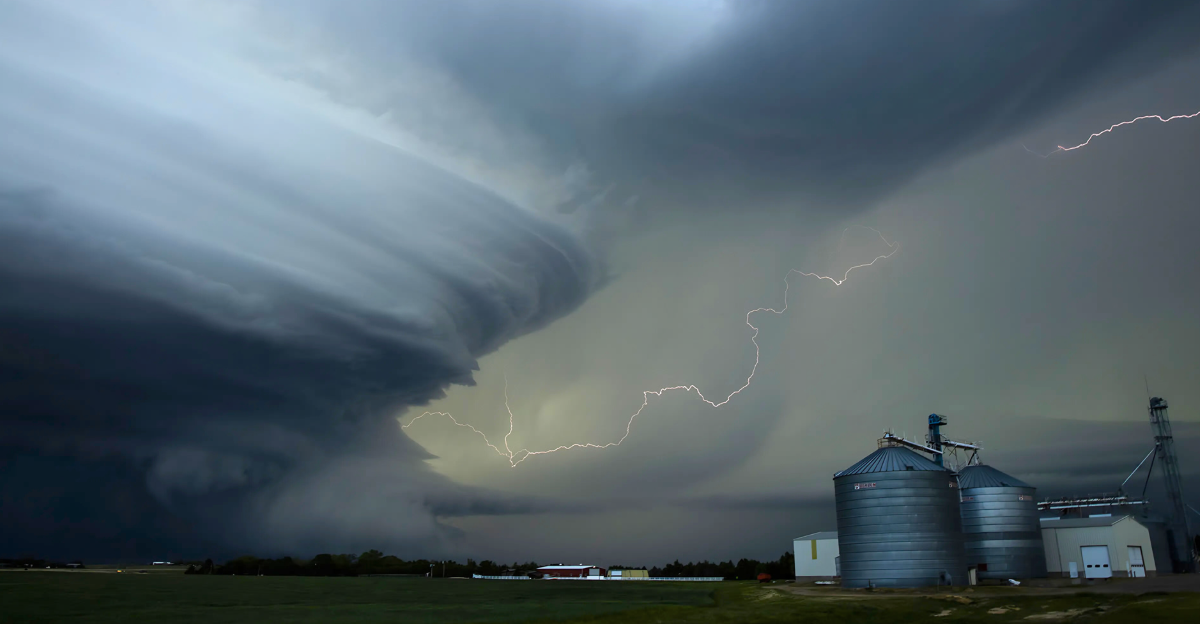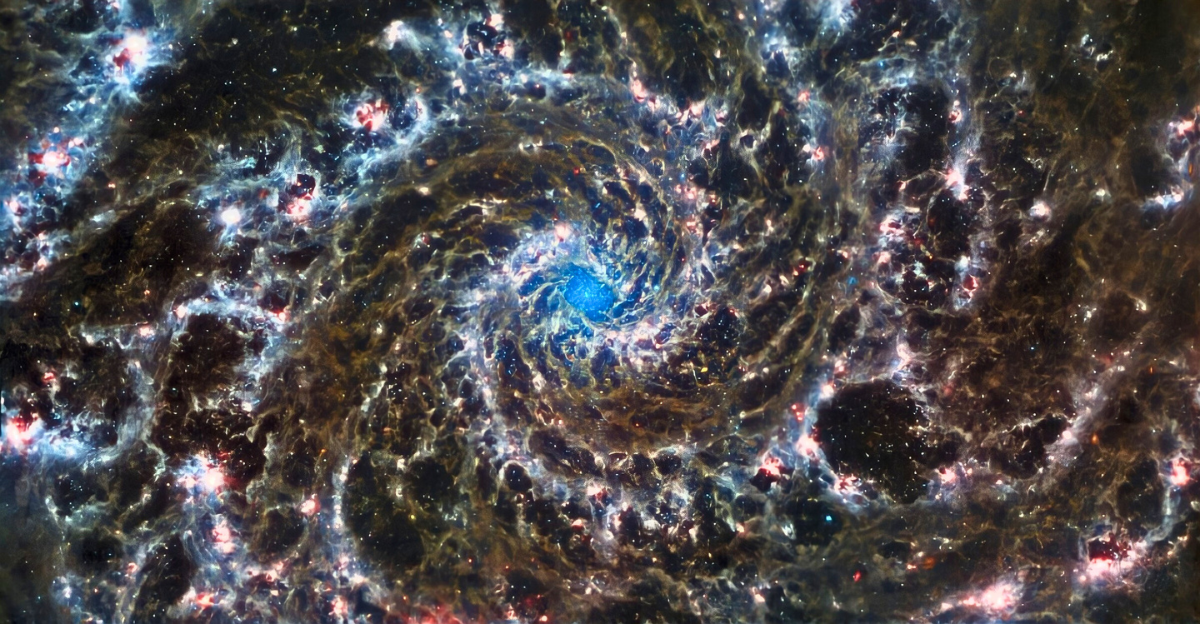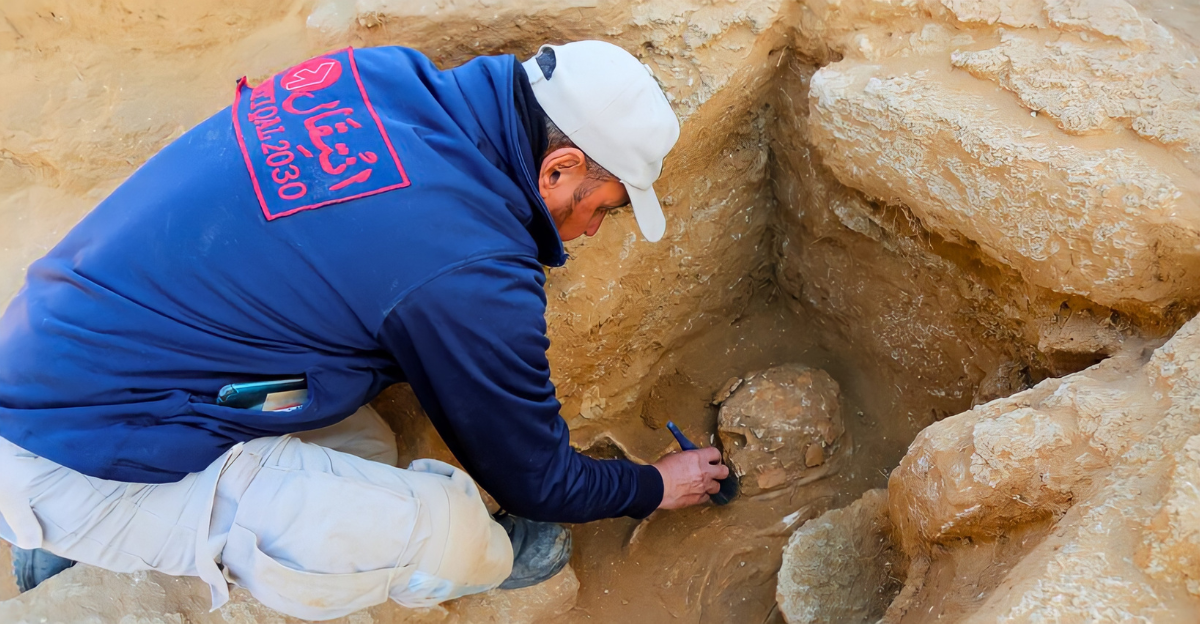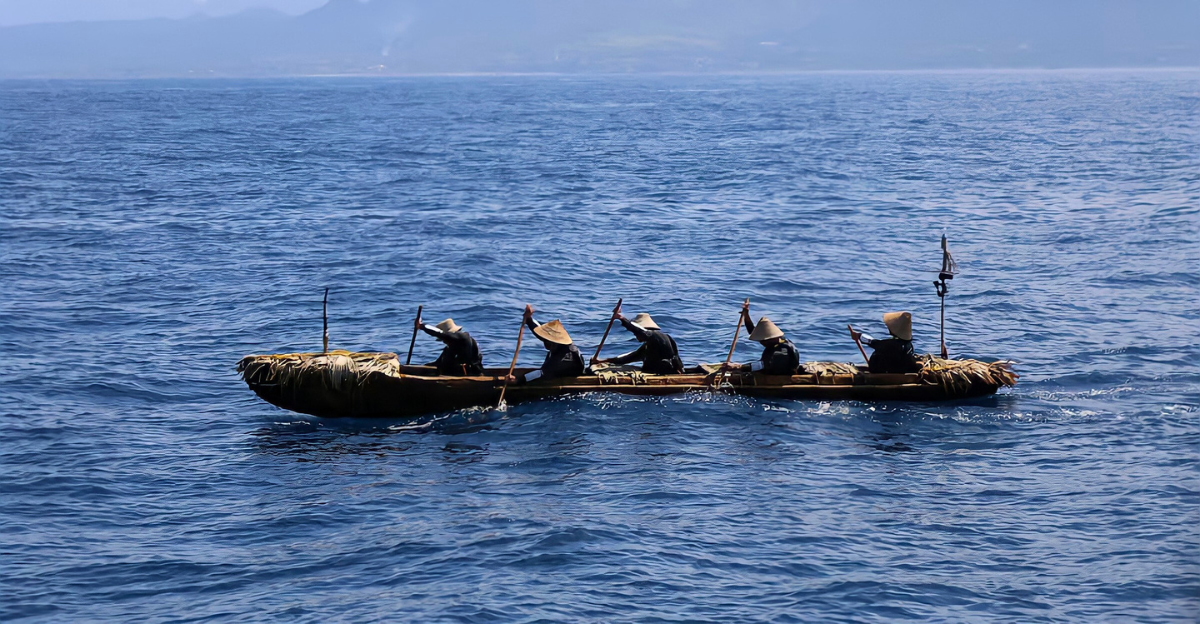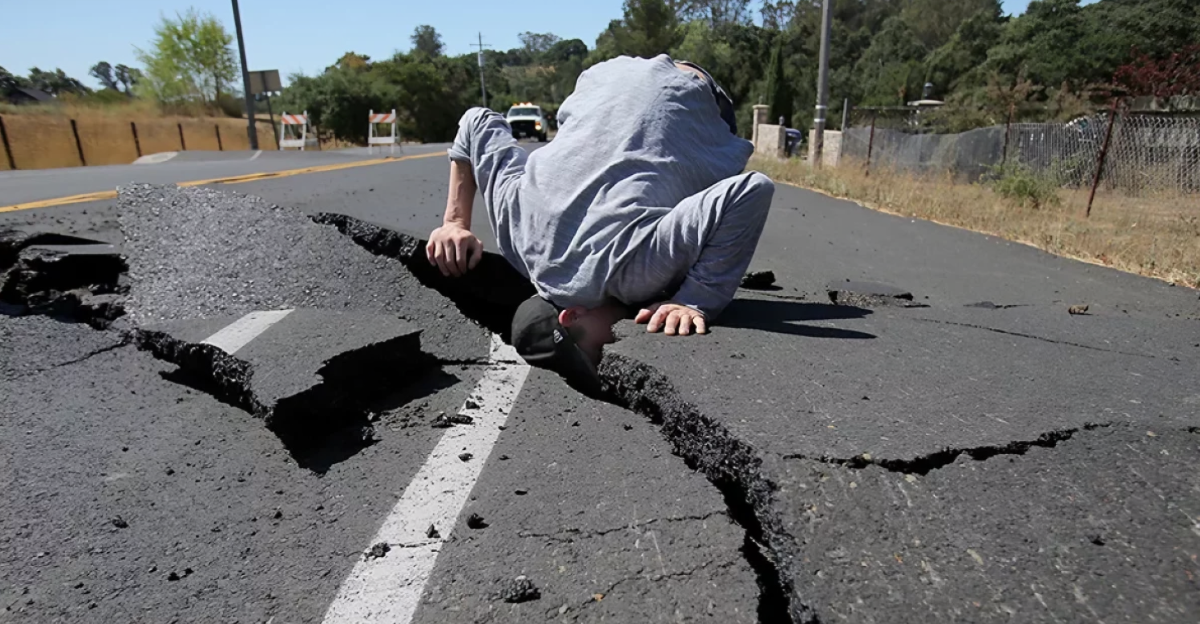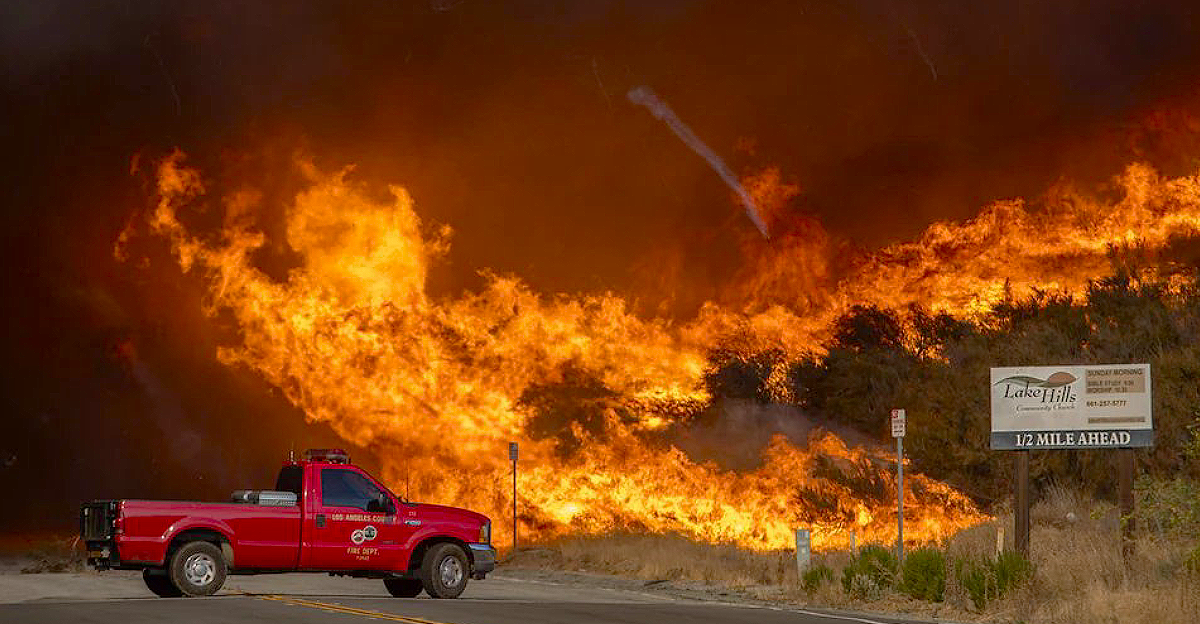
A wildfire has flared up somewhere in California’s wildlands. It is spreading at such a quick rate that hundreds of people have had to leave their homes. Many people are still unaware of how serious or dangerous the fire is.
Thick smoke fills the sky, leaving parts of the region feeling gloomy. People are still waiting to see what will happen next. Nobody knows how this fire fits into California’s usual fire season, but many in these areas feel worried and unsure.
Thousands of Acres Burn as Fire Forces Evacuations
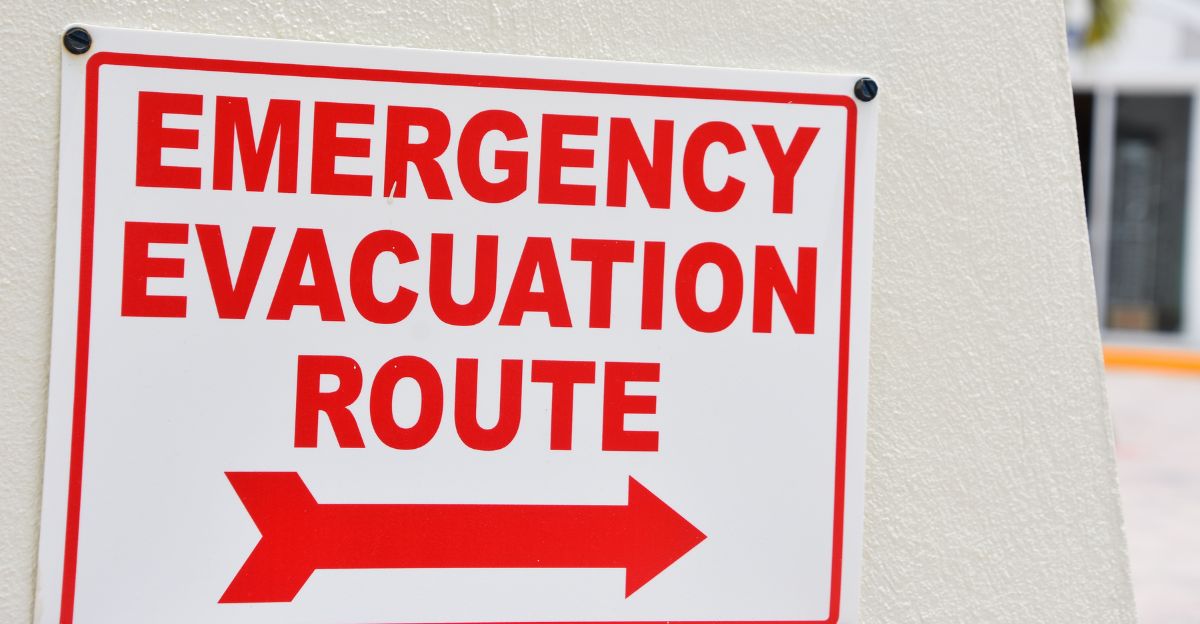
In just a few days, tens of thousands of acres were consumed by fires driven by strong, dry winds and very hot weather. The fires spread quickly over hills, valleys, and forests. Because of these fires, key travel routes like parts of Highway 166 have been closed, disrupting the lives of many people who live or travel there.
Emergency services have rushed to relocate hundreds of people from threatened neighborhoods. This shows how quickly this wildfire has become a major public safety concern affecting small towns and nearby neighborhoods.
A Once-Peaceful Landscape Now Under Threat
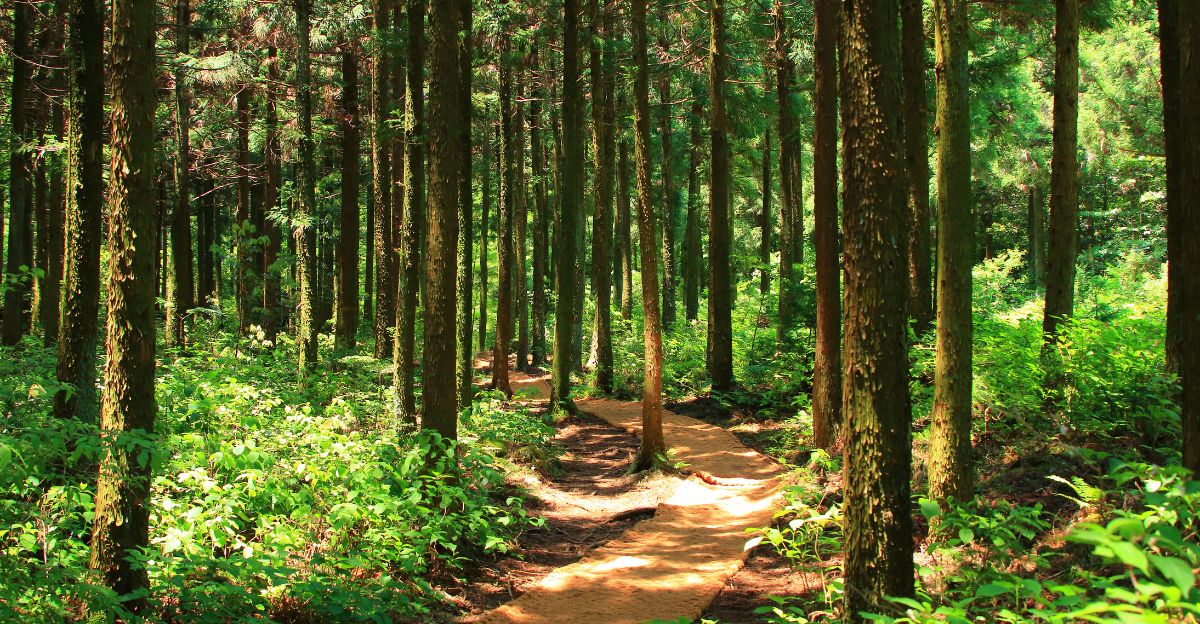
The affected area is well known for its breathtaking nature, which includes large forests, peaceful grasslands, and important wildlife habitats, like the Carrizo Plain National Monument.
For quite some time, these breathtaking places have been a refuge for hikers, bird watchers, and nature lovers who wanted to get away from city life. In this area, there haven’t been many big fires in the past, so this great, fast-moving fire is making nearby residents and visitors feel uneasy.
Worsening Weather and Dry Conditions Fuel Wildfires

It is sad to say, but over time, wildfire-friendly conditions have steadily been getting worse. Continuous dry periods have made the plants very dry, heat waves have become stronger, and there has also been a buildup in dead plants and bushes because there haven’t been enough natural fires or controlled burns to clear out the area.
All of these factors together can create a dangerous mix of dry fuel ready to ignite at any moment and spread fast. We are not talking about just one fire; wildfire seasons seem to get longer, hotter, and more damaging as time goes on. This puts a lot more pressure on firefighters and their resources and makes it more dangerous for people and their properties.
Introducing the Madre Fire: California’s Largest This Year
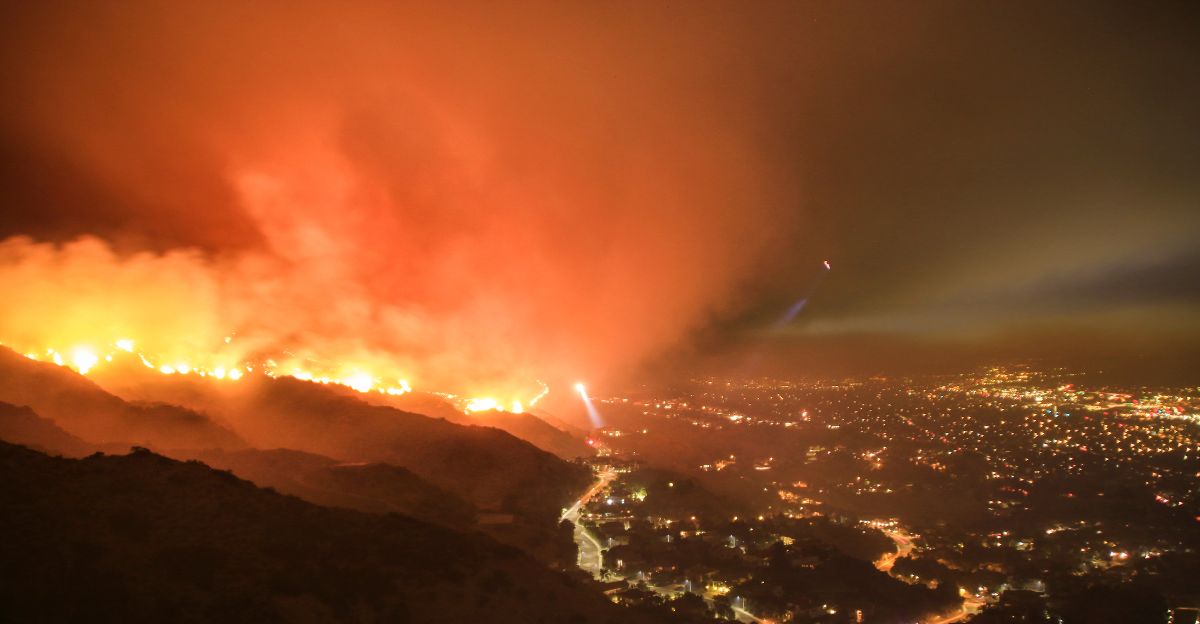
The Madre Fire is a fast-growing wildfire in San Luis Obispo County, California. It has burned over 80,000 acres, making it the biggest wildfire in the state this year! This fire covers a large area of rough terrain, turning forests and grasslands into patches of charred land.
Over 200 people have been informed and ordered to evacuate their homes to stay safe because of the fire’s growth and danger. The Madre Fire’s growth and speed have drawn comparisons to some of California’s most significant historic wildfires. This shows the risks and new realities that communities might face during each dry season.
Homes, Communities, and Wildlife Face Danger
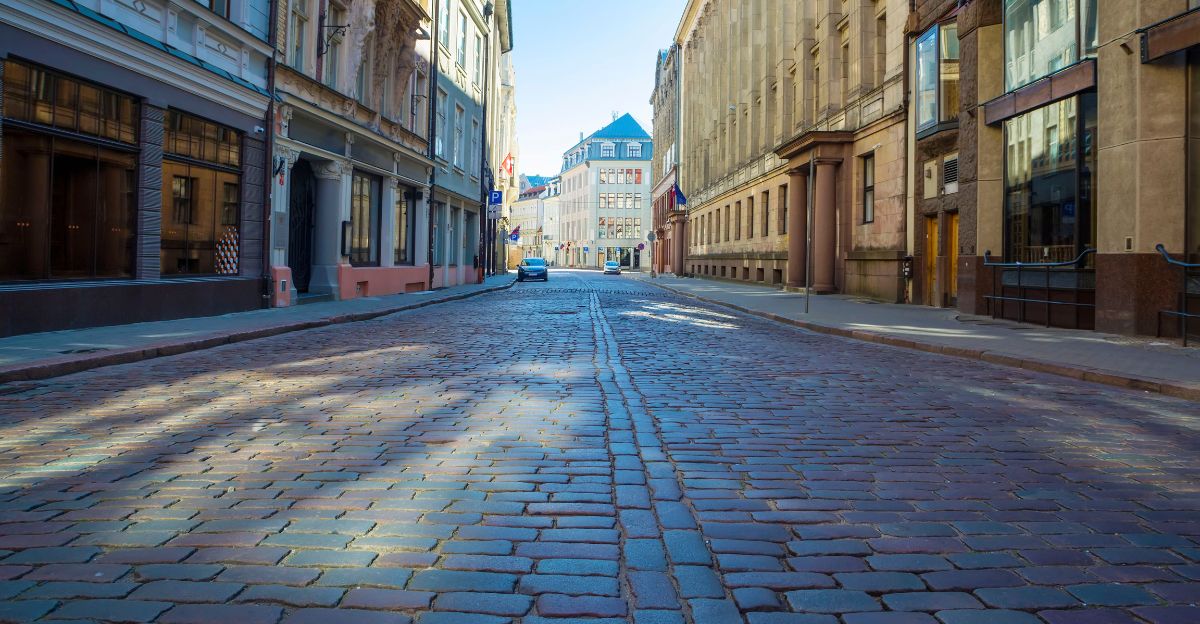
The fire threatens communities near Highway 166, especially around New Cuyama and nearby areas. It has forced evacuations of entire neighborhoods and rural homesteads, with many residents taking refuge in shelters or staying with their families.
The Los Padres National Forest and the Carrizo Plain National Monument are public lands that have also been closed due to the fires. These places have an essential role to play, not only for people to do outdoor activities but also for many endangered animals that live there. This highlights how wildfires affect people’s lives and the environment, impacting local economies, wildlife, and daily routines.
Massive Efforts to Contain the Spreading Flames

Fire management teams have sent nearly 1,400 people to fight the Madre Fire, using airplanes and helicopters to drop water and fire retardant over the flames. There are also bulldozers on the ground with crews that are building firebreaks to contain the fire from spreading.
Even with all this effort, the fire is only about 30% contained so far. The steep terrain makes it difficult to work; not only that, but the winds keep changing, and dry plants keep fueling the fire. Firefighters are working around the clock in dangerous conditions, highlighting how difficult it is to control this fire and how committed the firefighters are to protect people and their homes.
Smoke Spreads Health Risks Beyond the Fire Zone
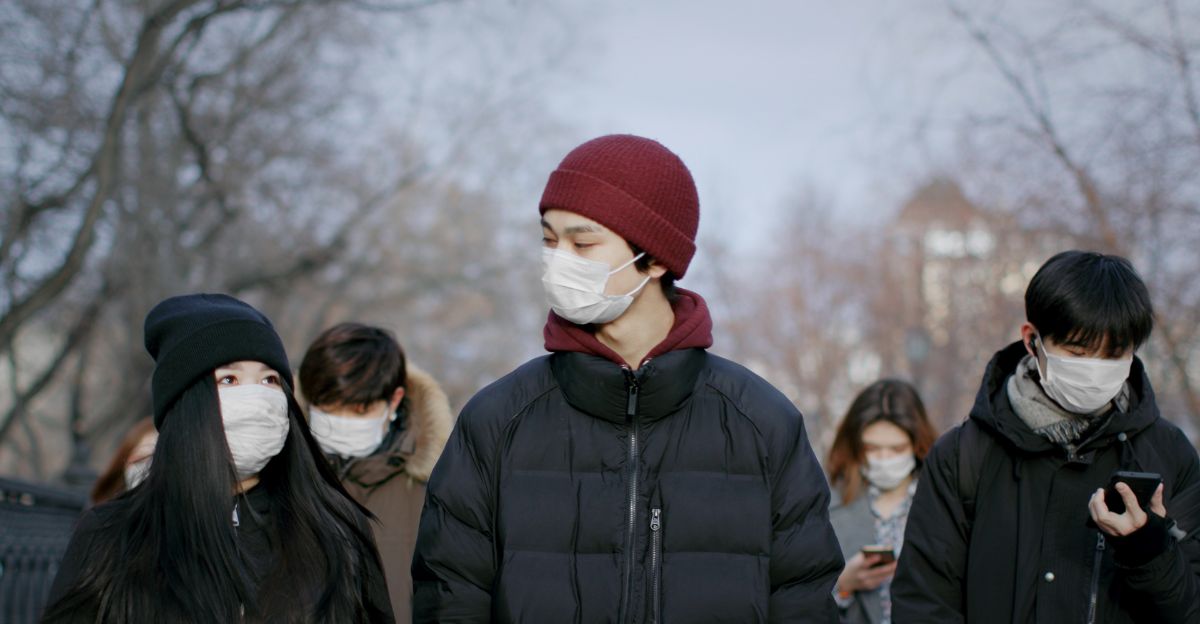
Not only is there an immediate threat to homes and forests, but the smoke from these fires has traveled to nearby counties, degrading the air quality. This is especially harmful for people who are more vulnerable, like children, older adults, and those with breathing problems.
Numerous air quality warnings have been issued to warn these communities to take care and acknowledge that smoke does not stay in one place. It can spread far and still affect many communities before the fire is controlled. Experts also warn that because of climate change, including hotter summers and longer droughts, fires this big could happen more often. This raises important questions about how prepared we are and how we must change to live with these new risks.
A Tough Wildfire Season Challenges California

The Madre fire is not the only wildfire, but one of many that have truly tested California’s firefighting teams this year. Because of very dry weather and record heat, dozens of fires have been burning across the state. Many experts see this as more evidence that there is a shift in the climate baseline, where wildfires happen more often, are more intense, and are also more destructive.
These wildfires have shown ongoing challenges faced, such as how the forests are cared for, how emergency responses are organized, and how wildfire fighting is funded. These are important things to note and fix to prevent the spread of wildfires better in the future, but the changing environment makes this more difficult.
Preparing for the Future: Fire Safety and Recovery Ahead

The Madre Fire has shown how important it is for California to be better prepared for wildfires, help communities stay strong, and manage the land smarter. While firefighters are making progress, there are still dangers because the hot weather can make the fire either grow again or start new fires.
On the other hand, people who have had to leave their homes don’t know when it will be safe to return. The final question is: How will the state keep growing and developing while preventing fires and protecting people, homes, and nature?


